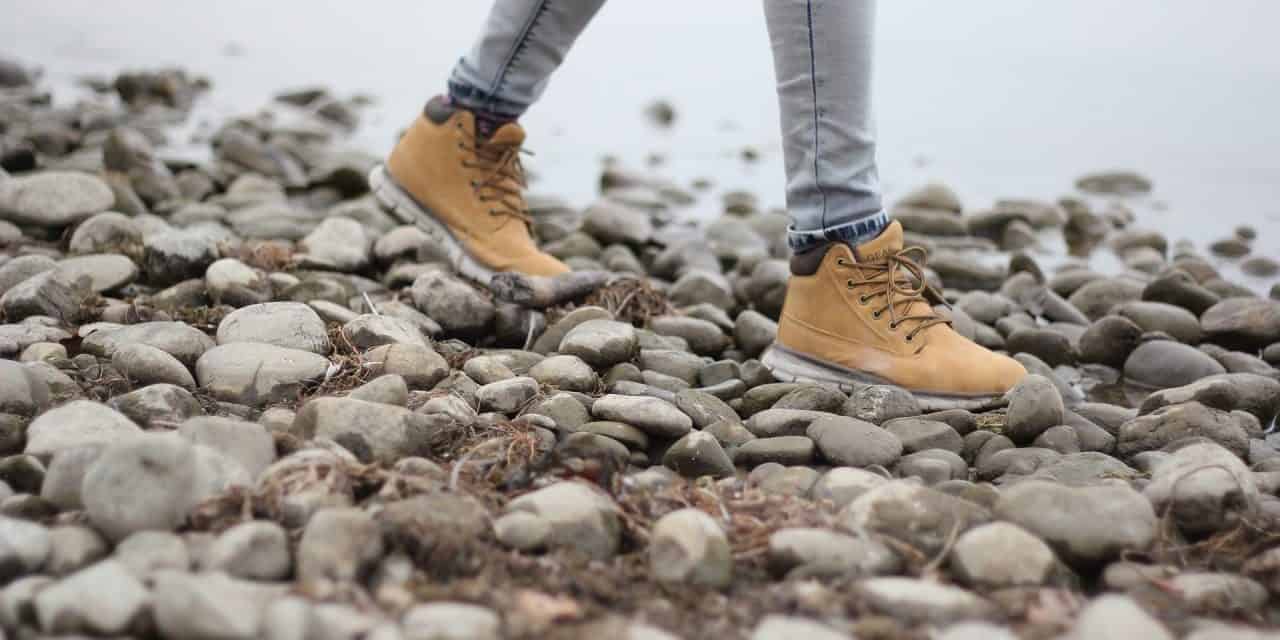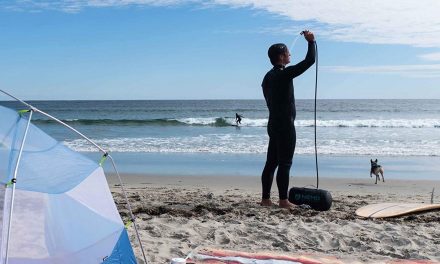A weekend of hiking, camping, trekking, or hunting is exciting. We all love that. However, a successful one comes with sufficient preparation – physical, mental, and psychological. What type of boots and camping gear should you tag along? Should you wear shorts or pants? What about the unpredictable trail patterns? Not forgetting how unforgiving the weather can be, especially during a stormy evening which will leave you drenched. That leaves you with wet boots, wet garments, and soaked everything.
While drenched clothes can dry up pretty easily especially when it’s all sunny and windy, drying wet boots don’t come that easily. Trekking in wet boots is not an option – unless you don’t mind a few blisters, sores, and odor that could potentially clog your nostrils for eternity.
Well, how do you dry wet boots when camping or hiking? Firstly, opt for models with breathable waterproof liners. They’ll soak in water but won’t hold on to it. Again, prepare your boots for fast and easy drying. You’ll also need to use air and heat to the maximum; this is important when you are out there. Finally, we provide you with the dos and don’ts for keeping those boots dry.
What to Avoid
We know what it means to have wet boots in the campsite when you have 20 or so miles to hike or trek the next day. It’s sad, discouraging, and heartbreaking.
And, it’s one of the biggest nightmares for both new and seasoned campers. You just can’t figure out how to get the boots to dry on time for the day.
Sometimes, because of the urge and pressure to have everything ready and yourself geared up, you’ll probably be tempted to use fire or too much heat to dry your boots. Avoid that as much as you possibly can. But why? Wood stoves, heaters, and blow dryers are incredible sources of heat. They’ll probably get your shoes dry in a couple of hours.
But there are two problems. Firstly, the heat from these sources is too harsh and will interfere with the natural makeup of the leather. The outside sections will begin to fall off. And, the boots will also lose their waterproofing ability which is not a manufacturing defect.
Secondly, the heat will interfere with the glue. Glued sections will then begin to fall apart.
Here are 6 Tips to Help You Dry Wet Boots
1. Prepare Your Boots
You have wet boots to dry. However, you’ll always end up with boots that are both wet and dirty. So, begin the preps by cleaning the shoes.
Splash water over them and use a brush to get off any dirt. This may not make sense if you are camping out for multiple days. They’ll still get dirty the next day, but cleaning them makes them dry faster.
You will also need to remove the laces and insoles. It is the only way to give your boots more air circulation. Removable insoles tend to trap in moisture when left intact.
2. The Sun
The sun remains as a natural dryer that comes at absolutely no cost. But only when you can see it. If you are camping in cold environments or cloudy days, it may impact the sun’s heat.
The sun not only gets your boots dry but also kills pathogens that might find suitable habitat in your shoes. It’s by far the best solution. However, you will need to be patient.
3. Campfire
There will undoubtedly be a campfire in nearly every camping expedition. Why not make the best use of it to get your boots dry before the next day?
But wait, drying wet boots on a campfire is not as straightforward as it sounds. You do it the wrong way, and the charm on the leather will all be gone.
Any artificial heat will interfere with the structure of the leather. So, find out the optimal distance to place them and, with some finesse, aim the foot hole towards the fire. Use the back of your hand to determine where you can feel mild heat. The distance will depend on the fire intensity.
Keeping the boots at a distance to the fire lowers the drying speeds of your boots. However, maintaining this distance helps to protect their longevity and appearance.
4. Newspapers
Yes! You heard that right. If you don’t have the sun and the campfire, then newspapers are the next viable alternative.
The process is pretty simple. It is most suitable if your boots are considerably delicate as it won’t stress the footwear. However, it is both involving and time-consuming.
Take wadded up pieces of newspapers and cram them in a boot. Pack the boot as tight as possible. Also, wrap the outside with more papers. Do the same with the other boot and leave the pair of boots to stay for about 3 hours before you change the newspapers.
The newspapers will wick moisture off the boots and leave them substantively dry. You can also use a piece of dry towels, hand warmers, or any effective absorbents if you don’t have newspapers.
5. Boot Dryer
This is pretty straightforward. You can find a range of effective boot dryers in the market to carry along during your camping trips, such as the PEET book dryer.
They suck in dirty water from the boots and drys most footwear overnight without making the floor dirty.
6. Rice!
Sounds funny, right? We thought so too.
While rice may not be among your camping checklist, some campers will budget for it.
Rice comes in handy for drying wet boots if you can’t make it with any of the options above. It could be by choice or necessity.
Pour about an inch of dry rice into a large plastic bin, container, or bag. Ensure that the container is large enough to contain your boots without overlapping.
Place the boots on the rice and close the bin with an airtight seal. The rice will absorb the moisture from your shoes and leave them dry. Isn’t this an exciting trick?
Final Words
You don’t decide how nature welcomes you. You can only plan. Camping in the rain or wet environments does not mean that you’ll have to bear the discomfort of wet boots throughout the duration. The tips highlighted in this article are tried, tested, and will prove worthwhile in keeping you safe and protected.
- Hammock Benefits: What The Tent Industry Doesn’t Want You Knowing - November 19, 2022
- How I Maintain My Hygiene When Camping - November 19, 2022
- How to Survive a Meet & Greet with a Bear - November 18, 2022






